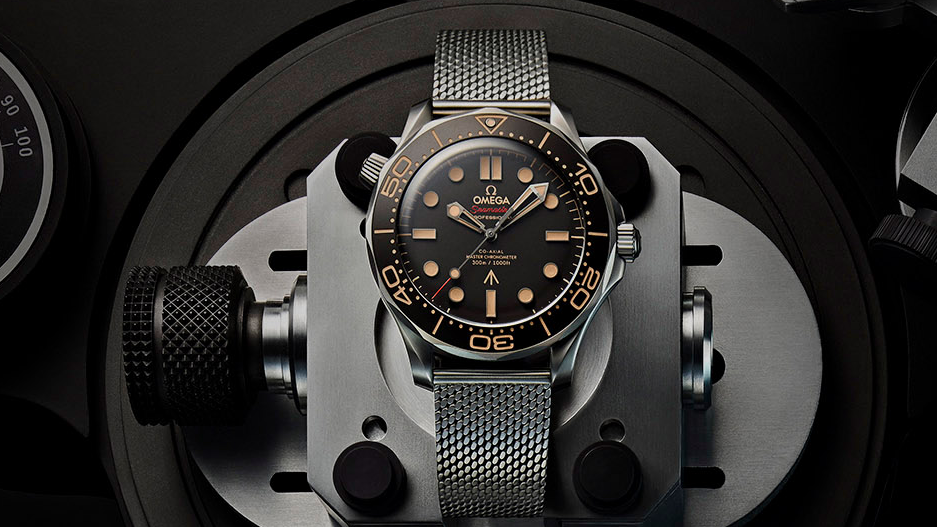
Even before the release of the next James Bond film – “No Time to Die” – Swiss watchmaker Omega is offering a platinum-gold version of the Seamaster Diver 300M that actor Daniel Craig wears when playing 007.
The 51 700 Swiss franc ($57 000) time piece – made 95% from platinum – underlines a renaissance in demand for the silvery-white metal. Omega isn’t the only luxury goods maker to note the trend, with interest in high-end watches helping to almost double platinum-jewelry demand in Europe in the third quarter from the preceding three months.
That’s helping platinum to make a comeback, after languishing behind gold and palladium for most of the year: its relative value is part of its appeal. Platinum posted its biggest monthly gain in November since 2008 amid a revival in investor buying. Jewelry purchases are being driven by demand in China, where wealthy consumers are starting to make emotional purchases with cash hoarded during the pandemic.
“We have observed that Covid has resulted in a re-evaluation of love gifting,” said Trevor Raymond, director of research at the World Platinum Investment Council. “Platinum has been very strongly associated with love gifting, globally and in China.”

The WPIC expects China’s platinum jewelry consumption to rise by 13% next year, the first increase since 2013 and climbing above sales both this year and in 2019. The widening price differential with gold over most of this year has also spurred buying.
“Platinum is more competitive,” said Michael Xue, chairman of Shenzhen Bofook Jewellery, a Chinese jewelry maker that specializes in working with the metal. “Gold prices have increased way too much since the pandemic.”
Bofook said its platinum jewelry sales jumped 20% in the third quarter from a year earlier.
Hong Kong-based Luk Fook Holdings International launched a new men’s collection in June and is offering new products to meet expanding demand in the platinum market, said Nancy Wong, deputy chief executive officer of jewelry chain.
Many Chinese jewelry makers built up platinum stocks in March when prices slumped, recalling the benefit from similar purchases during the global financial crisis, according to the WPIC.
The association expects platinum markets to post a record deficit this year as disruptions to key producers in South Africa outstrip the pandemic’s impact on automaker demand. While the shortfall will narrow next year, a rebound in demand from autocatalysts, the biggest consumers of platinum, and jewelry fabricators will keep markets tight, the WPIC said.
Now prices are rising too. Platinum has almost doubled from a mid-March low, with a 25% surge since the beginning of November. But at $1 060 an ounce, it’s still much less pricey than gold, which was trading above $1 800.
“If a person has more disposable income and is re-evaluating life, they’re more likely to spend it on love gifting with platinum,” the WPIC’s Raymond said. Platinum being so much cheaper than gold or palladium “doesn’t make sense,” he said.
(By Annie Lee, Yuliya Fedorinova and Eddie Spence, with assistance from Jinshan Hong, Corinne Gretler, Dylan Griffiths and Thomas Hall)
Comments